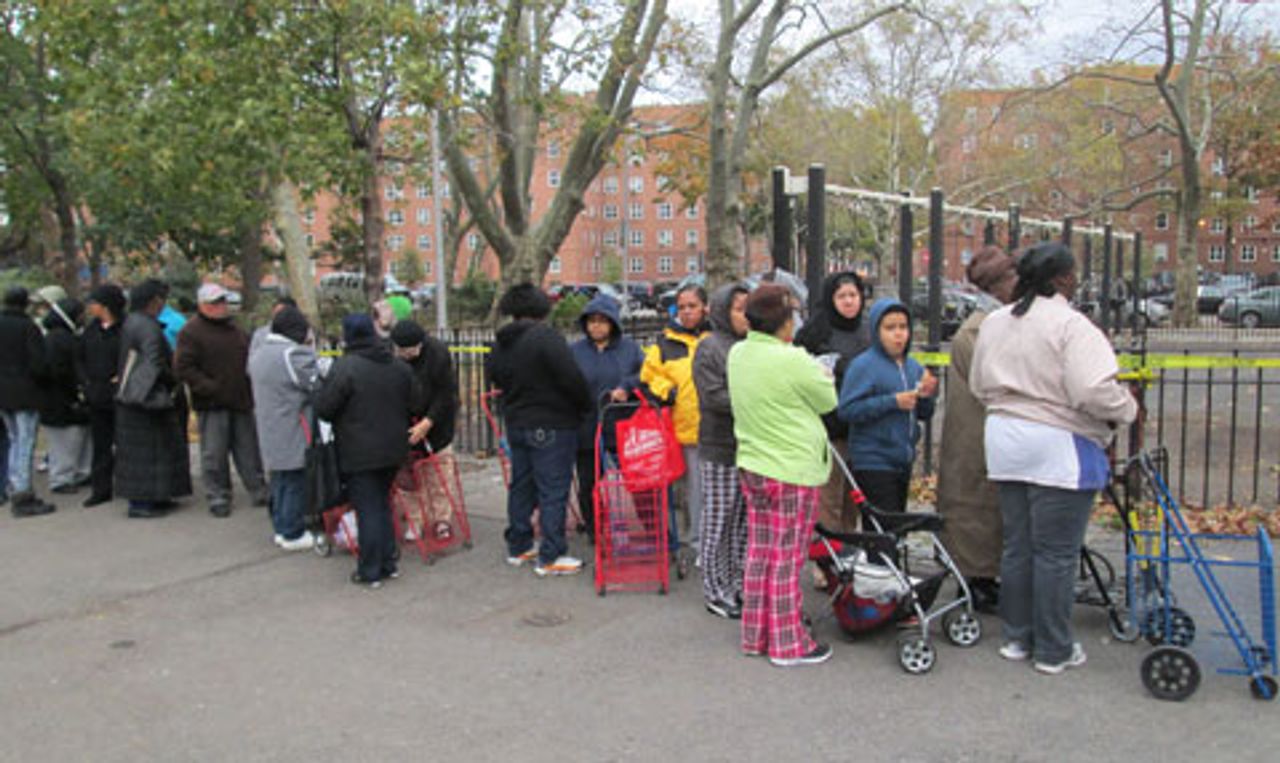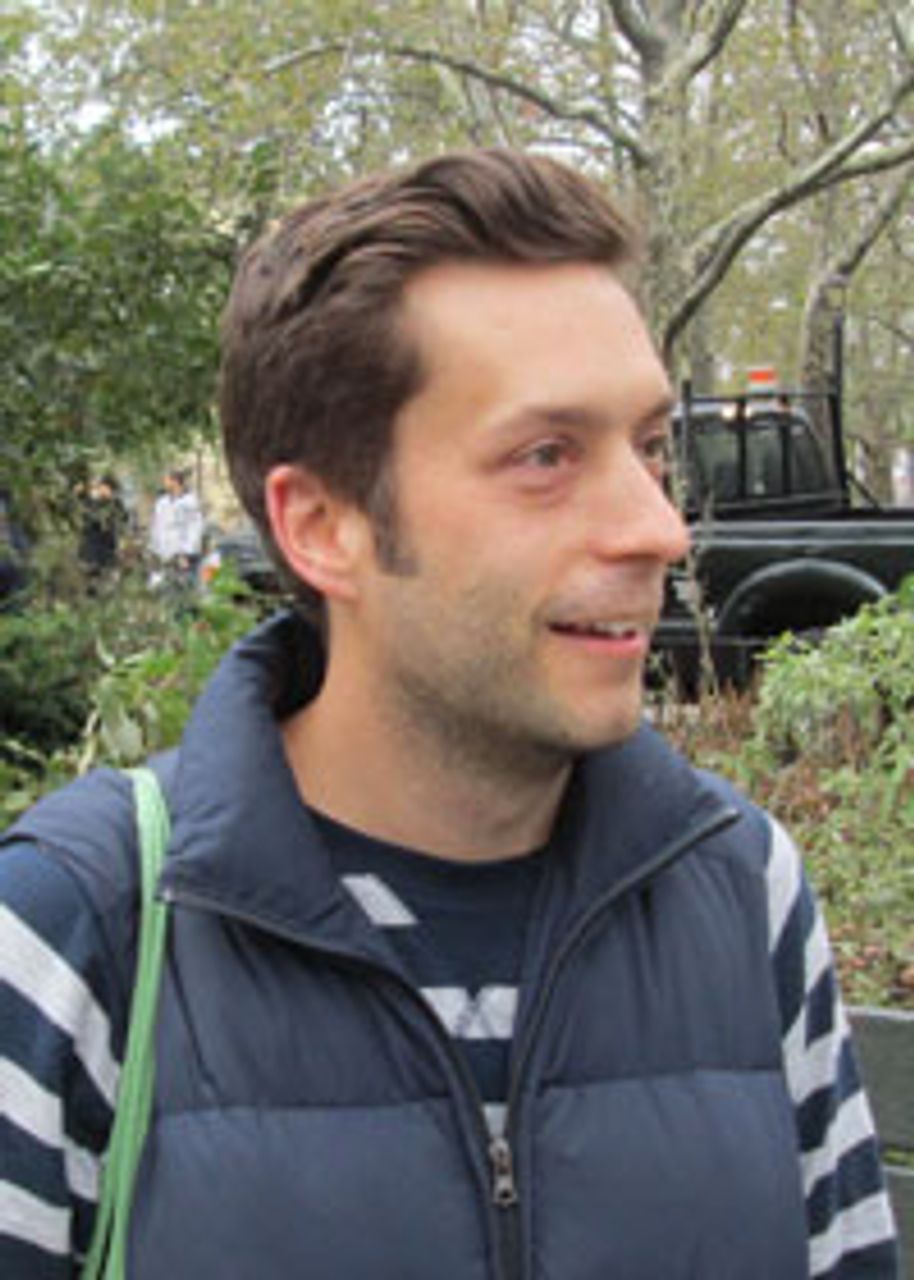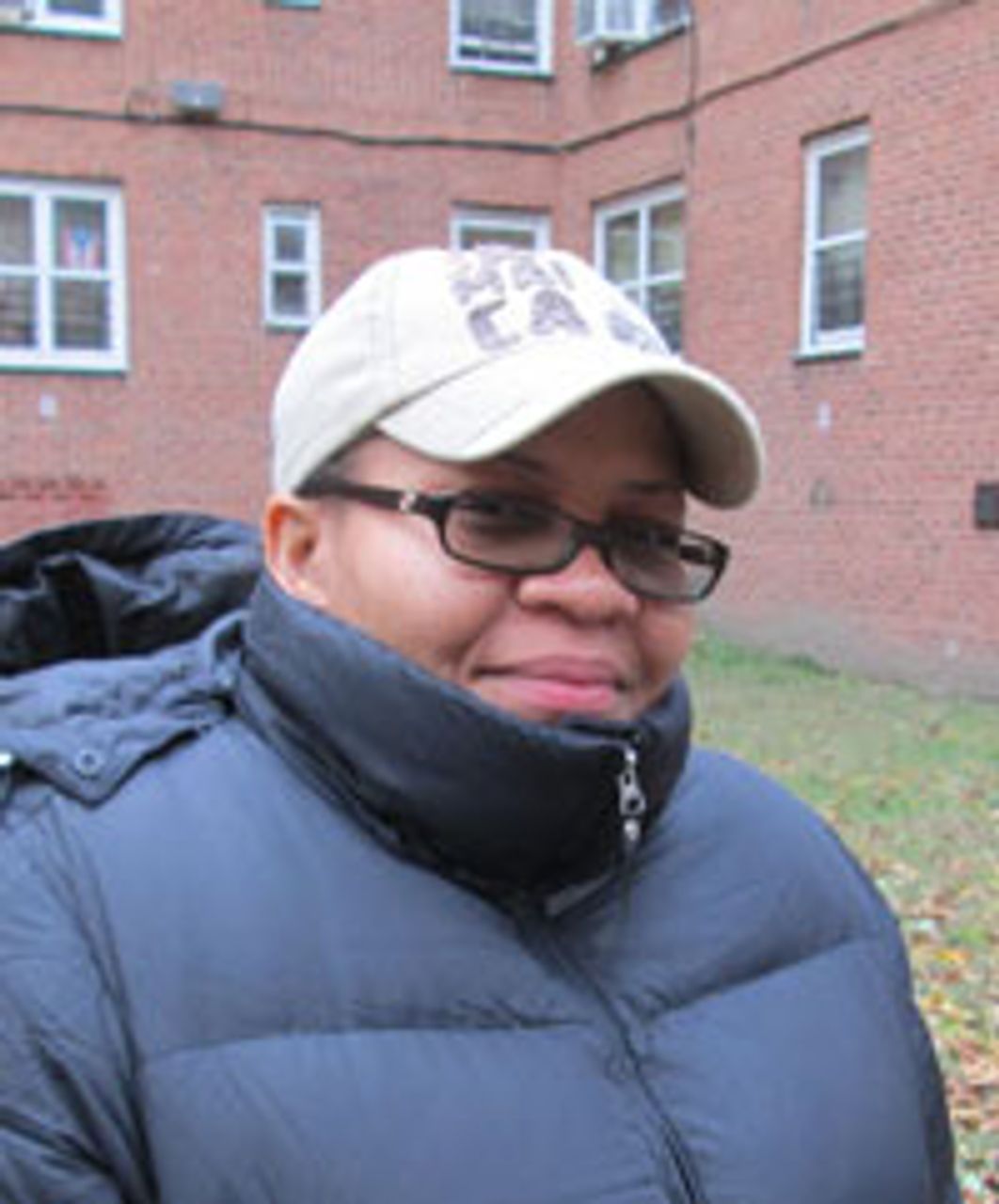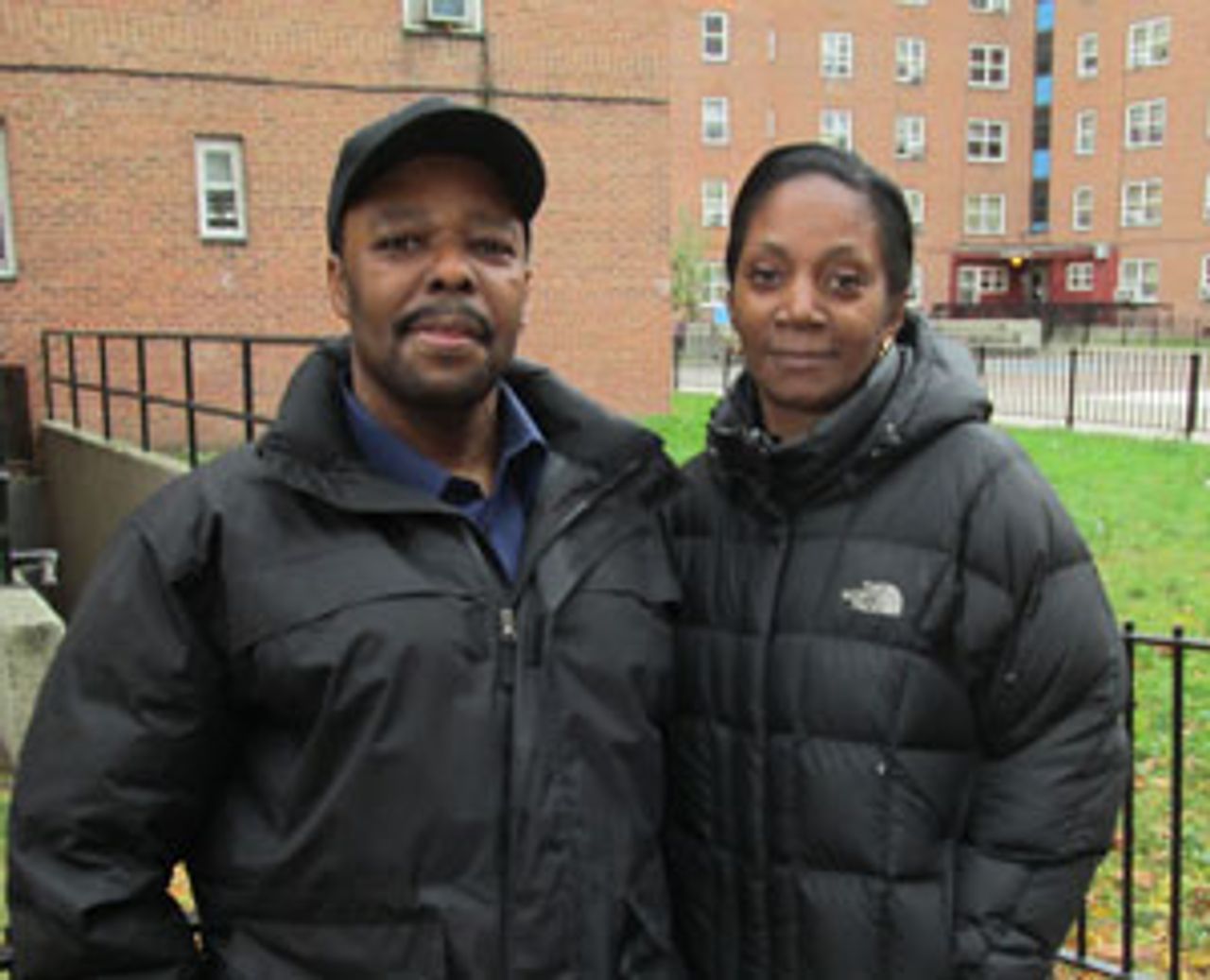A World Socialist Web Site reporting team spoke to residents in the Red Hook Houses in the northern Brooklyn neighborhood of Red Hook, which lies along the East River and was subject to heavy flooding on Monday night during Hurricane Sandy.
 Public housing residents lining up for supplies
Public housing residents lining up for suppliesOn Thursday, the entire neighborhood of about 11,000 people was still recovering from Hurricane Sandy which pummeled the area on Monday night. Sidewalks were lined with furniture that had been removed from houses and debris could be seen everywhere. Pumps were still operating to remove water from flooded basements. The neighborhood has most of New York City’s Civil-War era building stock, and the damages to businesses and housing will easily run into the millions of dollars.
As bad as things were in the neighborhood as a whole, they were worse yet in Red Hook’s public housing development, the Red Hook Houses East and West, the largest complex in Brooklyn operated by the New York City Housing Authority, with over 6,500 residents. Pumps were still emptying basements and people had lined up for food and water at a National Guard distribution station. Police vehicles could be seen everywhere.
As we spoke to residents, ambulances and fire trucks kept arriving and sirens could be heard over conversations. People consoled each other in front of buildings. In spite of an official presence Thursday, residents told us that most of the help in the last day had not come from the authorities, but from private relief agencies.
Individuals and small groups from other parts of Brooklyn had come to help, though no city coordinators were present to tell them what to do or where to go. We encountered one group of young people from a church located in a better-off part of the borough.
 Justin
JustinOne member of the group, Justin, an actor who lives in the Cobble Hill neighborhood, told us: “We came down to help our neighbors when we heard what’s happening here. I haven’t seen anything on the news about Red Hook. Bloomberg was talking about postponing the Nets game tonight. What’s more important, that game or the elderly here without food and heat? I hate this inequality,” Justin said.
Residents were eager to speak. Simone Moore, a disabled transit worker, told us that she had evacuated because Bloomberg had made an announcement on television. “I went to my brother’s place. Some people had come knocking on the door at 8:00 pm, just as I was leaving. You had to sign a paper if you were staying and another one if you were leaving. The housing authority never told us to evacuate, though. The elevators stopped working on Sunday night.”
 Simone Moore
Simone MooreWhen asked about the social conditions in New York that were reflected in the aftermath of the storm, Simone replied, “Everyone should be treated fairly. Obama said no red tape, but we’ve been waiting for the [National Guard] to bring food since 1:00 PM, outside in the cold,” she said, gesturing to the line of residents who were waiting for relief. “No heat, standing in the cold. Is that fair?
"This society is for the rich. The majority here work, pay taxes just like everyone else. Who’s going pay for this [rebuilding]? The ones at the bottom.”
A younger worker named Martin told us, “We have cold water now, but that just came on this morning. There’s still no gas and some buildings don’t have electricity.
“I was here when the storm came. I heard people screaming outside and saw the floodwater rising quickly. We left before it receded.” We asked if he’d had any warning or was urged to evacuate. No one had come by.
When we asked if the police had announced an evacuation order over bullhorns or a public address system, Martin just laughed and said that the police wouldn’t do anything like that in the Red Hook Houses. “When I first moved in here,” he explained, “I left my building and the police followed me to another building. When I returned home they followed me, stopped me, and asked what I was doing here. Then they searched me.”
When it came to the physical condition of the development, Martin said, “Even before the storm we had problems. Our stove isn’t working. We waited two months for repairs—plastering and painting—and it’s still not done. All kinds of stuff is broken. We don’t get any repairs until the week before inspectors come, that’s when everything happens.
“They could have done more to prepare. Everyone knew this one was going to be worse than [Hurricane Irene] last year. This is the United States. At least have generators for each building. They took their time getting here. People are still without lights and gas.
“Where’s all the money at? The city’s not doing anything to fix this.”
 Augustus and Sheryl
Augustus and SherylSheryl Braxton, who has lived in the development for over 40 years said, “This has never happened here before. I live on the second floor and the water came up to our window. It was like we were the middle of an island. The pathway was completely covered with water. The park is damaged and so are the cars. Somebody died in an apartment over there. Most of the stores still aren’t open. There’s no bread, and you can’t get gas. The food is all rotting out.”
Sheryl didn’t evacuate. “A lot of people also didn’t have family to go to. There are a lot of disabled people and older people here. Everyone is sitting around hungry and trying to help each other. We had no first responders and Red Hook was hit hard. No stores were open, no gas stations, no banks.”
Her friend Augustus Slaughter added, “This happened at the end of the month when many people here had spent their Social Security checks. They had no money, and even if they had any, the banks are all closed.”
“Some people got service and some people didn’t. Now they are pushing us down even further.”
